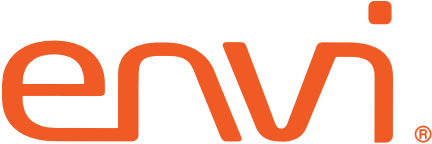
You’ve worked hard to maximize your supply savings – negotiating with direct vendors, working with your GPO to ensure updated contract pricing and tiers – but you still see red in the supply expense column.
What can you do differently to reduce overall supply costs? A great place to start is improving inventory management. When your supply areas aren’t optimally organized and managed, there’s unintended consequences throughout supply processes.
For example, when you don’t know what supplies you have on hand, so you’re likely to reorder items before they’re needed. When supplies gets tucked away in multiple or less visible locations, and aren’t well-tracked, and it’s easy to miss upcoming expiration dates, causing waste and unnecessary expense. And perhaps most common of all, when you over-order supplies, and stock at a rate higher than consumption, you’re leaving dollars sitting on the shelves in your storage areas.
The first step is to organize inventory areas, making it easier to access to supplies (especially for clinical teams), ensure accurate ordering, decrease product waste, and support ongoing cost reductions.
Let’s take a look at how you can get started:
1. Take a more centralized view to supplies. By increasing visibility to your on-hand stock – wherever it’s stored in your organization, you can immediately reduce over-ordering and over-spending. Envi users see around 42% reductions in overall inventory levels.
2. Minimize the number of locations where the same product is stored. Multiple locations for the same product can drive up inventory levels and increase waste, loss and expiry. This is especially important for items tracked by lot and serial numbers.
3. Identify the most efficient locations for storage areas within your facilities. Partner with your clinical teams to identify the supplies needed in each area and the level of access required. By investing in well-organized storerooms, you’ll make tracking and replenishment fast and easy.
4. Group together like products, and label bins and shelves so the contents are clearly identified. This will not just help clinicians, but it’s also important for restocking in the right locations. Pro tip: Right size bins to match the item contained based on size and needed quantity. It helps inventory clerks avoid over-ordering due to an overly large bin. Equip your team with barcode scanners to automate inventory tracking and replenishment.
5. Use historical data to determine initial amounts needed of each supply or item. Set your initial quantity based on 12-18 months of data, a time period long enough to understand seasonality.
6. Schedule physical counts quarterly or annually to adjust inventory levels, then review usage data to make ongoing adjustments. Watch for stock-outs – they can be a warning flag that a par level is set too low.
7. Use the 80/20 rule to dig into usage tracking for the more expensive items consumed. By managing those items more closely, you can improve quantities on-hand, reduce cost, loss and waste, and even negotiate cost reductions on contract pricing.
Proactive inventory management is a great way to reduce supply costs. Schedule walk throughs of your supply areas to ensure ongoing process adherence, supply management and oversight. While poor inventory management increases overstocking and overspending, best practice-based inventory makes supply management faster, easier, more accurate and efficient, all while driving reductions in supply expense.

